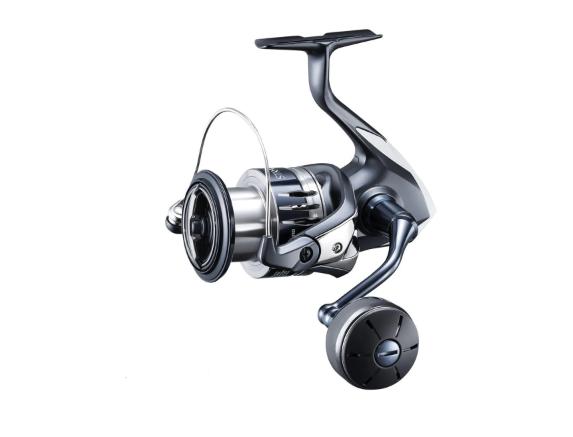Fishing Line Types Explained – Find The Best Type of Fishing Line For You
Choosing the right fishing line is crucial for any angler. The type of line you select can significantly affect your fishing success, influencing everything from casting ability to how well you can hook and land fish. With various options available, this guide will help you navigate through the choices to find the best fishing line for your needs.

1. Monofilament Fishing Line
Description: Monofilament, commonly referred to as ‘mono,’ is made from a single fiber of plastic. It is one of the most popular types of fishing lines due to its balance of versatility and affordability.
Advantages:
- Easy to handle and tie knots with, making it great for beginners.
- Good stretch, which can be forgiving with sudden tugs and jumps from fish.
- Available in a variety of colors and strengths to match different fishing conditions.
Disadvantages:
- More prone to abrasion and can be damaged by ultraviolet light.
- Loses strength over time, requiring more frequent replacements.
Best Uses: Ideal for topwater fishing and general freshwater angling, especially when targeting species like bass and walleye.
2. Braided Fishing Line
Description: Braided line is made by weaving together several strands of material to create a strong, thin line. It’s known for its exceptional strength and lack of stretch.
Advantages:
- Superior strength-to-diameter ratio, allowing for longer casts with less line drag.
- Virtually no stretch, offering great sensitivity to detect bites.
- Lasts longer as it is highly resistant to deterioration.
Disadvantages:
- More visible underwater, which may spook some fish.
- Can be difficult to work with, especially when tying knots.
Best Uses: Perfect for deep-sea fishing and situations where you need to feel subtle bites, such as jigging or fishing in heavy cover.
3. Fluorocarbon Fishing Line
Description: Fluorocarbon is valued for its near invisibility underwater due to its light refraction index similar to water. It is denser and heavier than monofilament.
Advantages:
- Almost invisible underwater, making it ideal for clear waters and wary fish.
- Greater abrasion resistance and less prone to deterioration under sunlight.
- Does not absorb water, maintaining strength and resistance over time.
Disadvantages:
- Generally stiffer and more memory than mono, which can make casting more challenging.
- Higher cost than monofilament.
Best Uses: Excellent for leaders or main lines in clear water scenarios, especially for species like trout and bass that are line-shy.
4. Copolymer Fishing Line
Description: Copolymer lines are similar to monofilament but are made from two or more types of nylon, which offers enhancements over standard mono.
Advantages:
- Lower memory and better abrasion resistance than monofilament.
- More versatile with a range of formulas to adjust stretch and strength properties.
Disadvantages:
- Can vary in quality depending on the blend, making selection important.
- Not as widely understood or used as other line types.
Best Uses: A solid choice for anglers who like the handling of mono but want a line with better overall performance characteristics.
5. Specialty Lines
Description: There are lines designed for specific fishing scenarios, like fly fishing lines, ice fishing lines, and trolling lines.
Advantages:
- Tailored for specific tasks, ensuring optimal performance in niche fishing activities.
- Often designed to handle extreme conditions, like low temperatures in ice fishing.
Disadvantages:
- Not versatile—each line type is suited only for its specific purpose.
- Usually more expensive due to specialized design.
Best Uses: Choose these lines when engaging in the specific type of fishing they are designed for, ensuring maximum efficiency and effectiveness.
Conclusion
Selecting the right fishing line involves understanding the balance between strength, flexibility, visibility, and durability. Whether you’re casting in a local river or trolling in deep seas, the right line can make all the difference. Experiment with different types to discover which works best for your fishing style and local conditions.
Try out different fishing lines and don’t hesitate to ask for advice at your local tackle shop. With the right line, your next big catch could just be a cast away!
